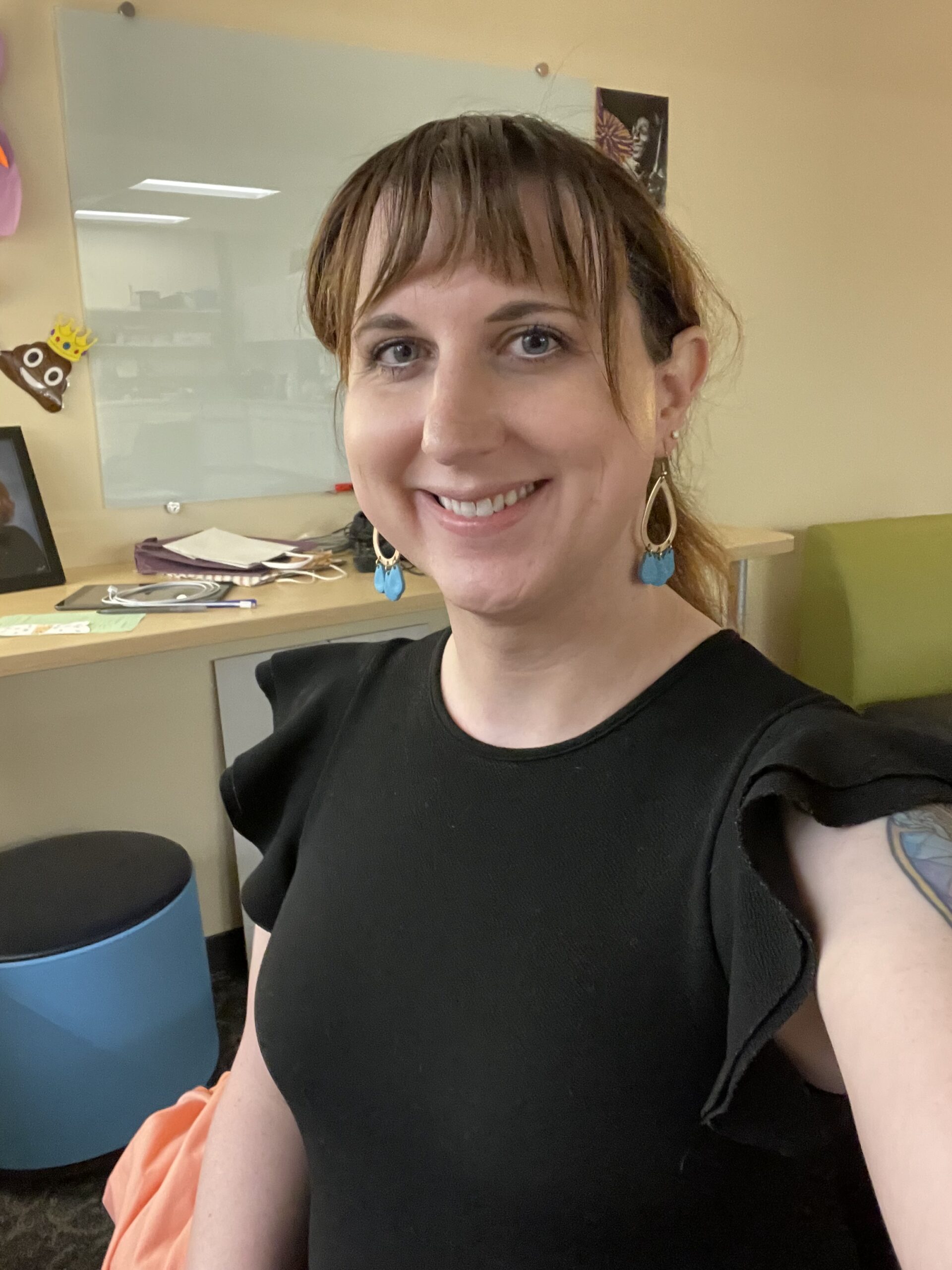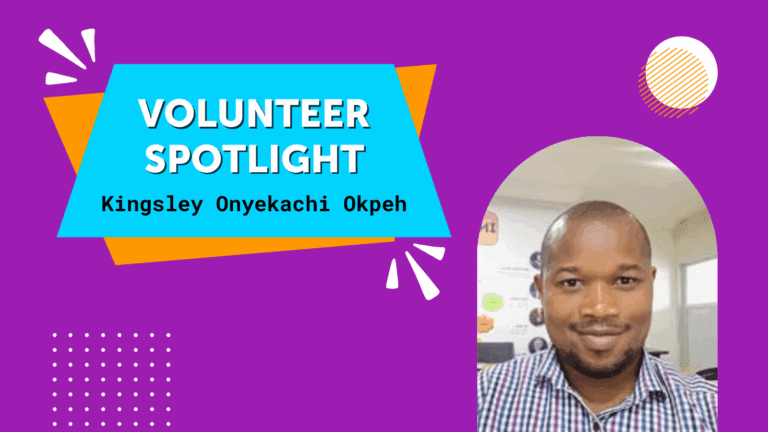We’ve all experienced professional development that has fallen short. We see sales pitches masquerading as professional development and overly simplified introductory material presented as though it is ground breaking. Teachers need their time and expertise respected instead of repetitive, simplistic one-size-fits-all demonstrations that leave us with a sense of condescension. While these sessions may provide entertaining demos, they offer no support for integrating new tools into existing curricula or frameworks; nor do these sessions deepen teacher understanding of foundational computer science concepts or their confidence teaching those concepts to students. Computer science PD is particularly prone to these pitfalls due to the prominent role that technology plays in the classroom and the relative newness of CS as an academic discipline. There are always shiny new toys to sell to school districts and many providers have the (frequently incorrect) presumption that teachers are unfamiliar with even the most basic computer science content. This results in professional development that leaves teachers frustrated and rarely results in improved classroom outcomes.
There is a better way. Instead of a lens of professional development aimed at teachers walking up a standardized staircase of basic proficiency, we must adopt the view of educators as lifelong learners engaging in a continual practice of professional learning. Our discrete, disconnected workshops must become an integrated infrastructure of teacher-centered learning. Professional learning should be agnostic of platform and language, focusing instead on our ability to teach core computational thinking skills. Rather than chasing novelty, our sessions must be grounded in research-based pedagogical practices. This means creating learning experiences where teachers actively engage with content the way their students will. We need to move away from the one-size-fits-all assumption of current professional development that treats all teachers as novice learners. Professional learning should be differentiated and provide opportunities for teachers to self-assess their understanding and opt into learning that deepens their understanding in a meaningful way.
Making this transition will ensure that teachers are able to meet the needs of each and every learner they serve. To this end, every session must advance equitable classroom practices – not as separate equity-focused add-on but embedded intentionally throughout. This includes reflection on biases, considering the accessibility of tools both in terms of ability and economics, and ensuring that every session is utilizing and teaching culturally responsive strategies.
To create meaningful change, professional learning must connect directly to classroom practice. Teachers arrive with deep expertise in pedagogy, student engagement, and content. Effective professional learning must build on this foundation through sustained, job-embedded learning cycles where teachers collaborate to implement new approaches, gather evidence of successes and challenges, and use this to refine their practice. The professional learning that we offer must be built with this cycle in mind. We need to create communities where educators share expertise and experiences, collectively solving implementation challenges while consistently evaluating where practice can be refined.
The delivery and implementation of true professional learning should be designed centering the needs and constraints of teachers. While no two teachers have exactly the same learning needs, there is a set of principles that will ensure that learning opportunities can provide the most benefit to the largest number of practicing teachers. Our proposed professional learning implementation principles are:
Concepts Not Tools
Professional learning should focus on foundational computational concepts rather than implementation with proprietary tools. For example, almost all current AI PD for teachers is tied to flashy demos on specific platforms. What teachers need most is an understanding of basic principles of artificial intelligence and strategies for teaching them to students. Teachers should leave professional learning feeling confident that they understand the concepts behind new technologies so that they can deliver an impactful lesson and confidently respond to student questions and troubleshoot student misconceptions. True professional learning should deepen conceptual understanding. This extends beyond computer science concepts to pedagogy as well. We’ve all been in the position of frantically Googling a topic to complete an activity the day before we plan to use it in class. Short videos, tutorials, or resources tied to computational concepts would help fill this gap. For example, if a teacher is introducing a Scratch lesson on methods, there are any number of long tutorials on creating methods in Scratch. What would most help that teacher feel confident is a short, targeted resource on why methods are important, common student misconceptions related to methods, etc. These resources help teachers in the moment as they are developing materials and the benefit to time ratio would be far better than most existing PD and would allow for differentiation based on teacher background and experience. Professional learning must incorporate research based best practices for classroom pedagogy and explain the data and reasoning behind classroom strategies.
Direct Classroom Application
When PD is presented in vague, high-level terms teachers are frequently left to their own devices to adapt materials for classroom use. A favorite activity in mediocre PD is for the facilitator to give time for teachers to “explore the tools” or “reflect on how you might use these ideas in your classroom”. Instead, facilitators should do the work to make these connections for teachers. There should be thoughtful integration between the materials presented and local/state outcomes, topics/projects typical to a grade level, and other topics taught. For example, high level PD on “using spreadsheets for data analysis” might present discrete, complex examples of how spreadsheets can be used for data analysis – this leaves significant work for teachers to do before that PD could enter into classroom ready activities. Instead, a facilitator could bring a set of scaffolded activities tied to state data science/science standards, with local data showing teachers not just how the tools work, but how data science concepts could be seamlessly adapted into lessons that are already being taught in a way that enhances the original content.
Embedded Equity
Equity and access for all students need to be at the center of all professional learning for computer science educators. Equity and identity work should not be offered only as separate learning but should be a part of every conversation about computer science classrooms.
Built on Collaborative Inquiry
PD often brings teachers from different schools or disciplines together – it should take advantage of this! Teachers are the experts in what will work in their classrooms and time in a professional learning setting can be spent working together to modify or create materials for student use. Teachers together can share best practices, generate materials, and integrate new ideas into their classrooms. We would never lecture at our students for two straight hours, yet this is frequently how we structure our PD – teachers are held captive watching a slideshow with only weak break room coffee to sustain us. Teachers are professionals and experts. Professional learning needs to first draw on the expertise of currently practicing classroom teachers rather than assuming professional facilitators are needed. We follow good pedagogical practices with our students, we should demand the same from our own professional learning.
Embedded Assessment and Feedback
Teachers need tools to help self-assess their understanding of material. Just like we regularly provide formative assessments so our students can examine their learning and areas of growth, teachers need to be provided with these same opportunities. It is important that this feedback is not used in teacher evaluation of job performance but is provided to teachers from a position of growth. Providers should then help teachers find targeted learning opportunities to reinforce material in which they need more support. Assessment could also be used to help differentiate instruction. Teachers with more experience or knowledge in an area could be opted out of introductory and repetitive sessions and given more challenging opportunities. Or, better yet, teachers with demonstrated expertise could be called upon to help deliver professional learning to their colleagues rather than relying on outside providers without local context.
Respect for Teacher Time and Expertise
Teachers are trained professionals whose time is their most scarce resource. Professional learning providers need to make sure that they are taking only the amount of time absolutely necessary and are structuring their sessions to focus on only those aspects of professional learning which absolutely must be done synchronously. Professional learning facilitators should be careful to treat teachers as professional peers and to invite their contributions and feedback. When teachers engage in professional learning outside of their contracted hours, they should be adequately compensated for their time. Current classroom teachers should be involved in professional learning delivery whenever possible.
As computer science as a field continues to evolve there will be an ongoing need for high quality, up to date, equity focused professional learning opportunities for teachers. We’ve outlined some of the ways in which we feel current PD falls short of its potential and ways to improve the content and delivery of professional learning. We’d like to issue a call to action for CSTA. As an organization, we should generate a manifesto for what we require of professional learning. Just like CSTA has clear standards for students and teachers, we need to develop a set of standards for what constitutes high quality professional learning in computer science education. These standards should make sure that teacher voice is centered in the development, delivery, and evaluation of professional learning activities. Professional learning for computer science teachers needs to move beyond flashy demos and open-ended exploration to provide measurable, classroom-based outcomes. Building a professional learning infrastructure will provide ongoing support for teachers to grow both their technical knowledge and their pedagogical practices leading to better student outcomes.
About the Authors

Kate Lockwood is the Director of Computer Science and Engineering at St. Paul Academy in St. Paul Minnesota where she teaches computer science, engineering, and robotics. Kate is passionate about expanding access to high-quality computer science education and serves on the leadership board of the Minnesota chapter of the CSTA.

Rowen Elsmore is a Digital Learning Specialist at Jefferson High School in Bloomington, Minnesota. Her first career was in the IT world, supporting clients ranging from Fortune 500 companies to small creative firms. Feeling a need to do work that felt meaningful, she obtained degrees in biology and teaching. She has taught several science courses at the high school level, as well as AP Computer Science. Real and powerful equity work is her passion.




